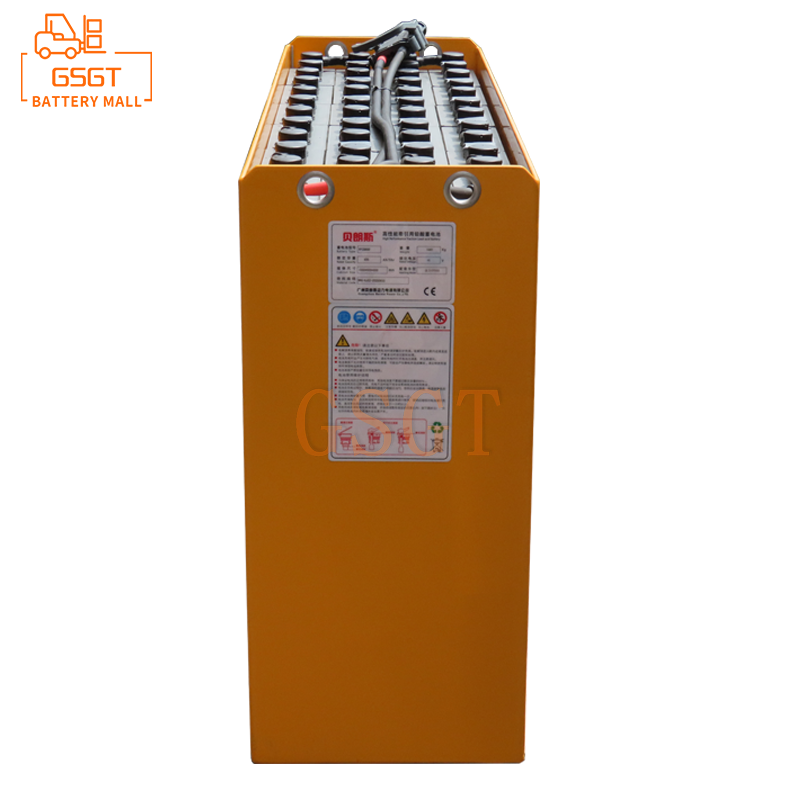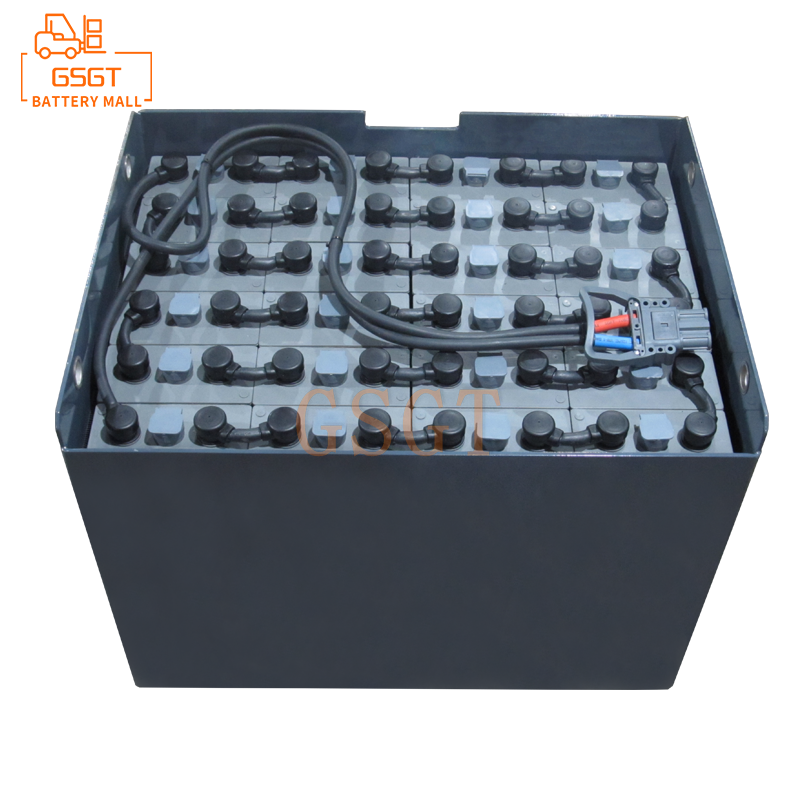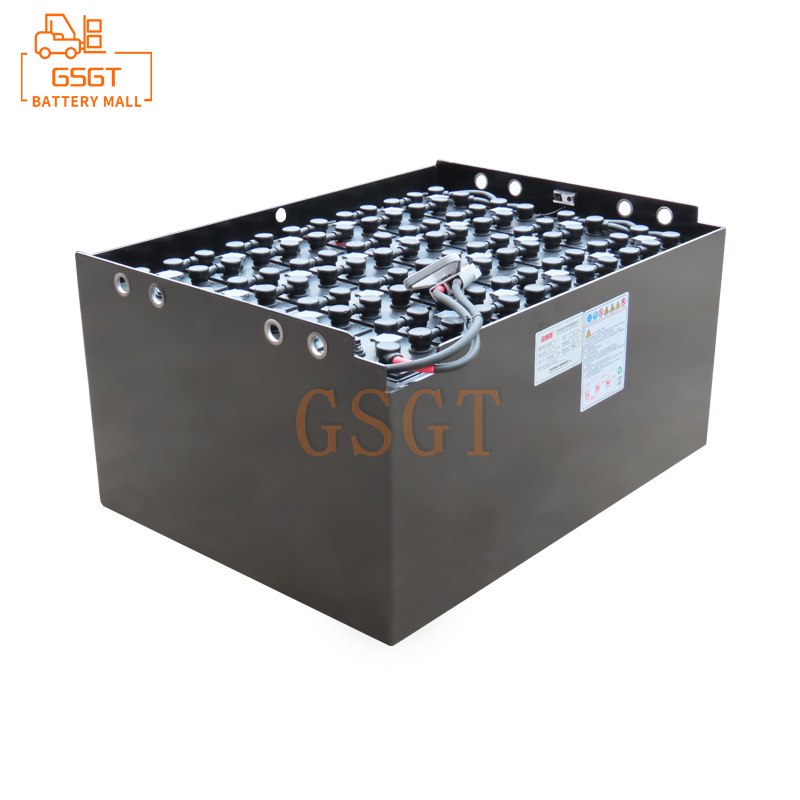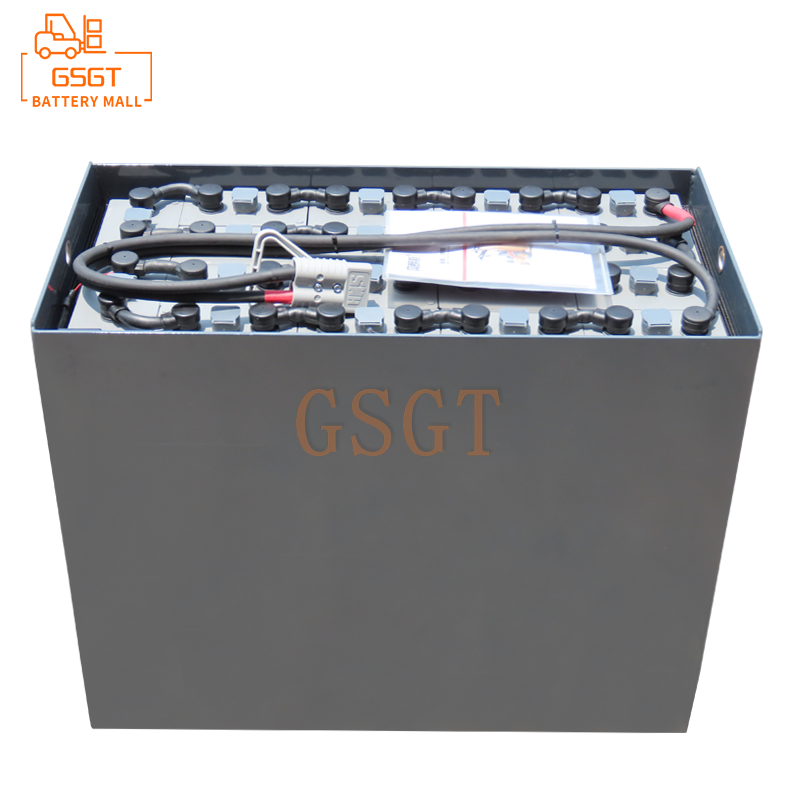Time:2025-07-26 15:23:19
Browse:608
In the modern logistics and warehousing industry, forklifts, as the core equipment for material handling, their operational efficiency is directly related to the turnover speed of the supply chain and the operating costs of enterprises. As the mainstream power source of traditional forklifts, the performance and condition of lead-acid batteries are becoming the key factors affecting the operational efficiency of forklifts. From the daily transportation of goods in the warehouse to the loading and unloading of containers at the port, details such as the endurance, charging efficiency, and maintenance status of lead-acid batteries often determine the daily workload and overall operational rhythm in an intangible way.
Endurance: The "lifeline" for continuous operation of forklifts
The endurance capacity of lead-acid batteries is the core indicator determining the daily operation time of forklifts. In large logistics parks or manufacturing warehouses, forklifts usually need to operate continuously from the morning shift to the night shift, with only short breaks in between. A standard-capacity lead-acid battery, when fully charged, can support a forklift to operate continuously for approximately 4 to 6 hours (the exact duration varies depending on the weight of the goods and the frequency of operation). However, in actual use, as the number of battery cycles increases, the capacity will gradually decline. After one year of use, the capacity may drop to 80% of the initial value, and after two years, it may drop to 60%-70%. At this point, the operation time after a single charge will be shortened to 3-4 hours, or even less.
This reduction in battery life directly leads to forklifts having to frequently interrupt operations for battery swapping or charging. What's more serious is that if the number of spare batteries is insufficient, the forklift may fall into a "waiting for power" state, disrupting the entire warehouse's dispatching plan and even affecting the timeliness of order delivery.
Charging efficiency: An Undeniable "downtime cost"
The charging characteristics of lead-acid batteries also have a significant impact on the operational efficiency of forklifts. Traditional lead-acid batteries adopt a constant voltage and constant current charging mode. It takes 8 to 10 hours for them to go from being discharged to fully charged, and they need to be left to stand for 1 to 2 hours after charging to achieve the best performance. This means that if a forklift runs out of power during the middle shift, it must suspend operations for a long time to charge, which is very likely to miss the peak operation period of the night shift.
Even with dedicated charging stations, the "time cost" during the charging process still cannot be underestimated. What is more troublesome is that some enterprises adopt the "fast charging" mode to meet the production schedule. Although it can reduce the charging time to 3 to 4 hours, it will accelerate the sulfation of the battery plates, shorten the service life, and instead increase the long-term replacement cost.
Maintenance status: An "invisible defense line" with stable performance
The maintenance quality of lead-acid batteries directly affects their output performance, which in turn interferes with the operational efficiency of forklifts. If the electrolyte level check is neglected for a long time, the battery may experience an increase in internal resistance and a decrease in output power due to lack of water - manifested as weak climbing power of the forklift and a slower lifting speed.
In addition, problems such as oxidation of battery terminals and short circuits of plates can lead to unstable power supply. Forklifts may suddenly lose power during operation, not only interrupting the current task but also causing secondary dispatching chaos due to goods being stuck in the channel.
Frequently Asked Questions
Question: How much will the operational efficiency of forklifts decrease when the capacity of lead-acid batteries is insufficient?
Answer: When the capacity of lead-acid batteries drops below 70% of their initial value, the decline in forklift operation efficiency will exhibit an "acceleration effect". In addition to a 15% to 30% reduction in battery life, the decline in battery output power will also cause the forklift's operating speed to drop by approximately 20%, and the lifting/lowering speed to decrease by 15% to 25%. Overall, the daily operation volume of a single forklift may decrease by 20% to 30%. If multi-vehicle collaborative operations are involved, the overall efficiency loss may further expand.
Question: How can the lifespan of lead-acid batteries be prolonged and their impact on operations be reduced through reasonable maintenance?
The key lies in establishing a "preventive maintenance" mechanism: check the electrolyte level daily to ensure it is 10-15mm higher than the plates. If it is insufficient, add distilled water in a timely manner (tap water is strictly prohibited). Measure the battery pack voltage every week. If the voltage of a single cell is lower than 1.75V, it needs to be recharged separately. Clean the terminals monthly and apply vaseline to prevent oxidation. Perform equalization charging once every quarter to alleviate sulfation of the plates. Through these measures, the service life of lead-acid batteries can be extended by 1 to 2 years, the capacity attenuation rate can be slowed down by more than 20%, and the efficiency fluctuations caused by battery problems can be significantly reduced.
Question: What are the differences in the impact of lead-acid batteries on forklift efficiency compared with lithium batteries?
Answer: In terms of efficiency, the core difference between the two lies in the charging speed and the stability of battery life. Lithium batteries support fast charging and can be charged at any time without affecting their lifespan. They can be recharged during breaks in operation, significantly reducing downtime. However, the long charging cycle of lead-acid batteries is difficult to adapt to high-frequency operations. However, in low-temperature environments (below 0℃), the capacity decline of lead-acid batteries is less than that of lithium batteries, and at this time, the impact on the efficiency of forklifts is actually smaller. Enterprises need to select the appropriate battery type based on actual scenarios such as operation intensity and environmental temperature.
Optimize the use of lead-acid batteries to enhance the operational efficiency of forklifts
To mitigate the negative impact of lead-acid batteries on the efficiency of forklifts, it is necessary to start from the entire process of "selection - use - maintenance". When selecting the type, choose a battery with an appropriate capacity in combination with the intensity of the operation. Establish a "battery-forklift" binding system during use to avoid management chaos caused by mixed use.
Although lead-acid batteries have inherent limitations in terms of endurance and charging, they can still fully leverage their cost-performance advantages through scientific management. For logistics enterprises, rather than merely focusing on battery types, it is better to establish a refined power management system to ensure that every battery is in the best condition. Only in this way can forklifts truly become a "sharp tool" for enhancing operational efficiency rather than a "bottleneck" that restricts operations.

$3810

$3070

$5710

$2440

MESSAGE
Professional And Efficient
Security
Affordable Price
Professional Services